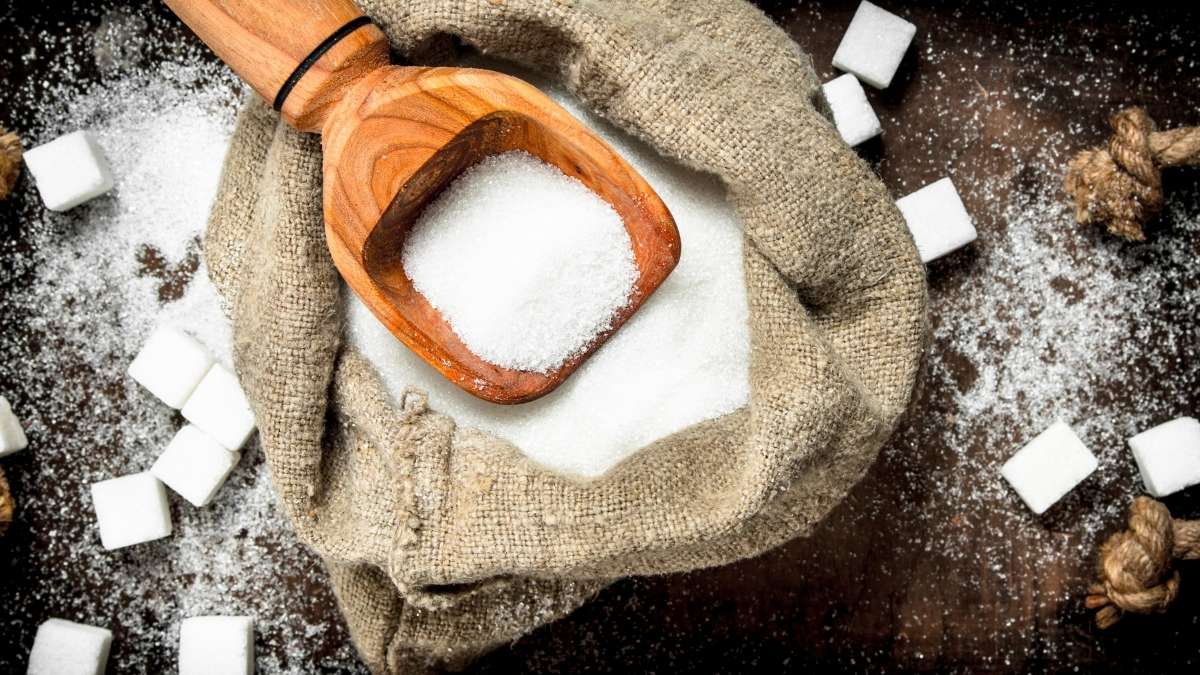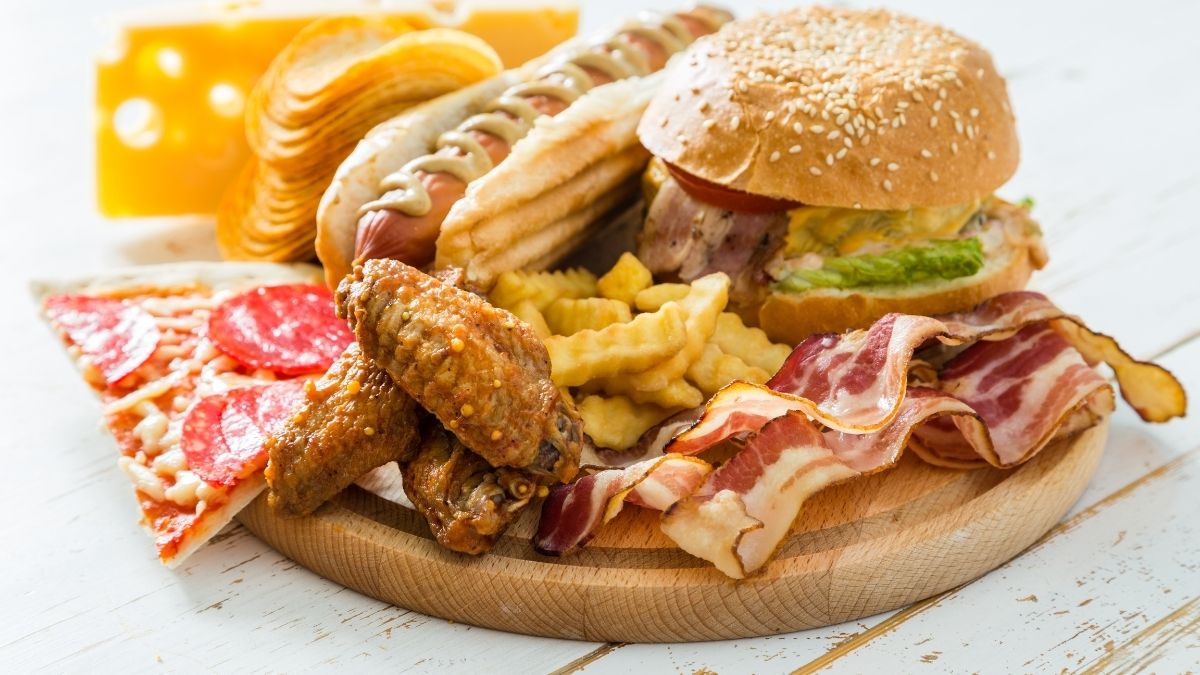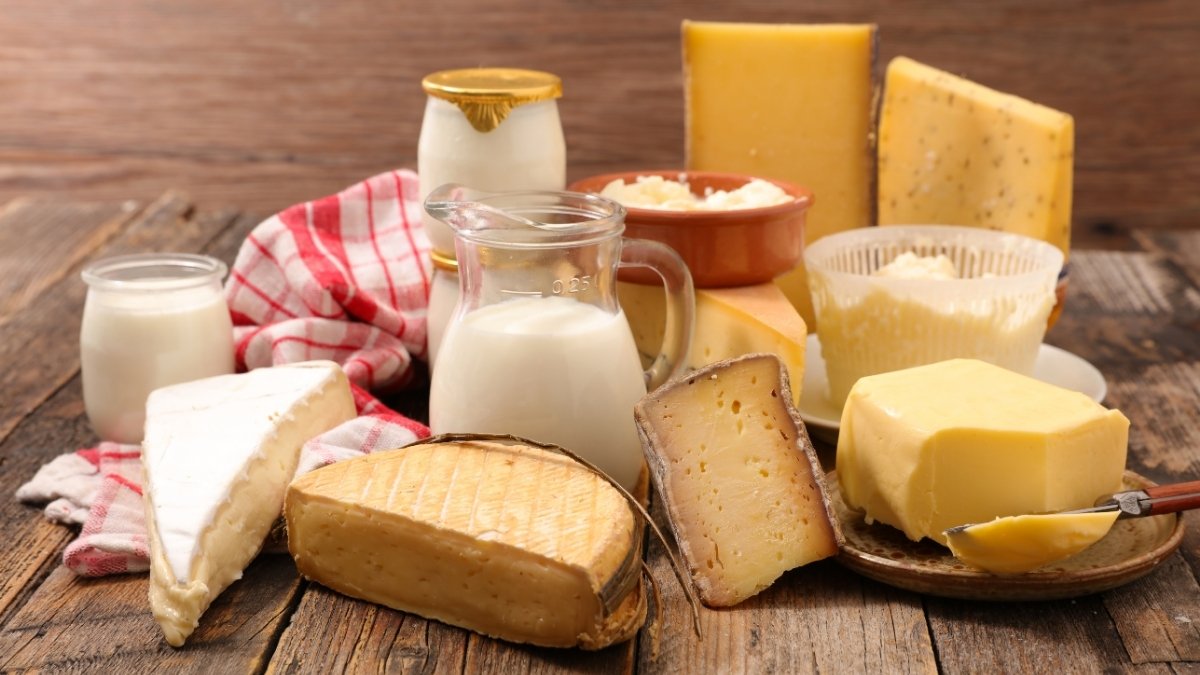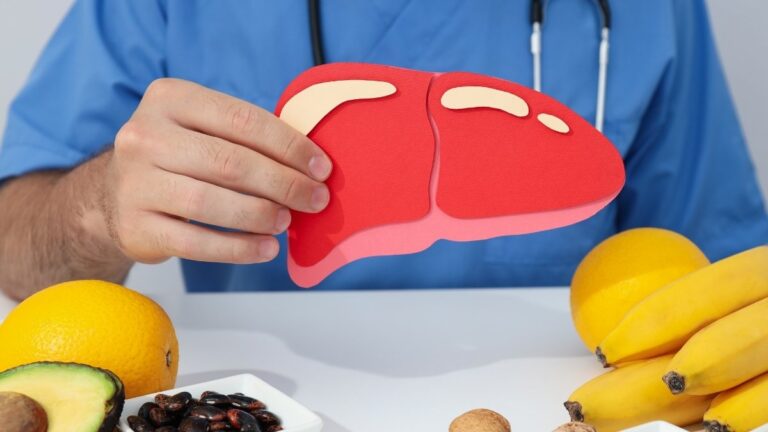15 Foods Over 40s With Joint Pain Should Never Eat (Say Goodbye to Stiff Knees!)
Your knees creak when you get out of bed. Your fingers feel stiff by afternoon. Sound familiar? If you’re over 40, you might blame age. But here’s what doctors don’t always tell you: what you eat can make joint pain much worse.
Some foods trigger inflammation in your body. This inflammation heads straight to your joints. The result? More pain, more stiffness, and harder mornings.
The good news? You can feel better by avoiding these 15 problem foods. Let’s look at the biggest troublemakers.
🔬 Research That Changes Everything
📅 7-Day Joint Pain Elimination Plan
🥗 Top 10 Anti-Inflammatory Foods
🔗 The Gut-Joint Connection
1-3: Sugar Bombs (Refined Sugars, High-Fructose Corn Syrup, Artificial Sweeteners)
Sugar doesn’t just make you gain weight. It sets your joints on fire from the inside.

When you eat sugar, your body creates something called AGEs. These are Advanced Glycation End Products. Think of them as tiny troublemakers that damage your joint tissue. The more sugar you eat, the more AGEs you make. The more AGEs you have, the worse your joints feel.
Here’s the sneaky part: sugar hides everywhere. That “healthy” granola bar? It might have 22 grams of sugar. Your flavored Greek yogurt? Often 15-20 grams. Even your whole grain bread can pack 4 grams per slice.
The worst offenders:
- Regular sodas (39 grams in one can)
- Energy drinks
- Breakfast cereals (even “healthy” ones)
- Flavored coffee drinks
- Most protein bars
- Ketchup and barbecue sauce
Your body feels the effects fast. Within hours of eating sugar, inflammation markers spike in your blood. Do this daily for months? Your joints pay the price.
Better choices: Fresh fruit gives you sweetness plus fiber that slows sugar absorption. Try berries, apples, or pears. If you need to sweeten something, use a tiny amount of raw honey or pure maple syrup.
4-6: Processed Meats and Trans Fats
That deli turkey seems harmless. But processed meats are loaded with chemicals that make your joints hurt more.

Nitrates and nitrites keep processed meats looking fresh and pink. But in your body, they trigger inflammation. These chemicals also create compounds that damage your joint cartilage over time.
Then there’s the fat problem. Most processed meats are high in saturated fat. This type of fat increases inflammation throughout your body. It also throws off your omega-6 to omega-3 balance. Too much omega-6 makes inflammation worse.
The worst processed meats:
- Deli turkey, ham, and roast beef
- Bacon and sausage
- Hot dogs
- Pepperoni and salami
- Canned meats
Trans fats are even worse. These artificial fats were created to make food last longer on shelves. But they make your joint pain last longer too. Trans fats increase inflammatory markers more than any other type of fat.
Where trans fats hide:
- Margarine and shortening
- Fried fast foods
- Packaged crackers and cookies
- Non-dairy creamers
- Frozen pizzas
Better protein choices: Wild-caught fish, organic chicken, grass-fed beef, eggs from pasture-raised hens, and plant proteins like lentils and beans.
7-9: Refined Grains and White Flour Products
White bread might taste good, but it’s terrible for your joints. Here’s why refined grains cause problems.

When you eat white bread or pasta, your blood sugar shoots up fast. This sugar spike triggers inflammation throughout your body. Your joints feel it within hours.
The refining process strips away all the good stuff. Gone are the fiber, vitamins, and minerals that help fight inflammation. What’s left is basically sugar in a different form.
Some people also have gluten sensitivity. Even if you don’t have celiac disease, gluten can trigger joint pain. This protein found in wheat can cause low-level inflammation that shows up as aching joints.
The biggest culprits:
- White bread and rolls
- Regular pasta
- White rice
- Most breakfast cereals
- Crackers and pretzels
- Pastries and donuts
- Pizza crust
Your gut health suffers too. Refined grains feed the wrong kind of bacteria in your digestive system. When your gut is out of balance, inflammation increases. This inflammation travels through your bloodstream to your joints.
Smart swaps: Choose steel-cut oats instead of instant. Try quinoa instead of white rice. Look for bread made with almond flour or coconut flour. Sweet potatoes make a great substitute for pasta.
10-12: Inflammatory Oils and Fried Foods
Most cooking oils sold in stores make joint pain worse. The problem is too much omega-6 fatty acids.

Your body needs some omega-6 fats. But most Americans get 10-20 times too much. This creates a massive imbalance. When omega-6 levels are too high, your body makes more inflammatory compounds.
The worst oils for joints:
- Vegetable oil (usually soybean oil)
- Corn oil
- Canola oil
- Safflower oil
- Sunflower oil
Fried foods are double trouble. The high heat creates toxic compounds that increase inflammation. Plus, most restaurants use cheap inflammatory oils for frying.
French fries hit you three ways. They’re fried in inflammatory oil. They’re made from potatoes that spike blood sugar. And they often contain trans fats.
Restaurant foods are risky even when not fried. Most restaurants use cheap inflammatory oils for cooking. That “grilled” chicken might be cooked in soybean oil.
Cooking oil upgrades:
- Extra virgin olive oil for low-heat cooking
- Coconut oil for medium-heat cooking
- Avocado oil for high-heat cooking
- Grass-fed butter for flavor
Fried food alternatives: Bake sweet potato fries with olive oil. Use an air fryer with minimal oil. Try roasted vegetables instead of fried sides.
13-15: Alcohol, Excessive Caffeine, and Dairy Products
These three don’t affect everyone the same way. But if you have joint pain, they might be making it worse.

Alcohol increases inflammation markers in your blood. Beer is especially bad because it combines alcohol with gluten. Both can trigger joint pain. Wine has some anti-inflammatory compounds, but too much still causes problems.
Alcohol’s joint effects:
- Disrupts sleep (poor sleep increases pain)
- Raises inflammatory markers
- Interferes with nutrient absorption
- Dehydrates joint tissue
Caffeine isn’t always bad. But too much increases cortisol, your stress hormone. High cortisol levels make inflammation worse. Energy drinks are the worst because they combine massive caffeine doses with sugar.
Caffeine limits: Keep it under 400mg daily (about 4 cups of coffee). Avoid caffeine after 2 PM to protect sleep.
Dairy is tricky. Some people feel great eating it. Others notice joint pain within hours. The problem might be lactose intolerance, casein sensitivity, or the inflammatory omega-6 fats in conventional dairy.
Signs dairy might be a problem:
- Joint stiffness after eating cheese
- More pain the day after ice cream
- General achiness that comes and goes
Dairy alternatives: If you suspect dairy is a problem, try eliminating it for 30 days. See how you feel. If you want to add it back, choose organic, grass-fed options. These have better fat profiles and fewer inflammatory compounds.
The bottom line: Everyone’s different. Pay attention to how these foods affect your specific joints. Your body will tell you what works and what doesn’t.
Conclusion
The connection between food and joint pain is real. Research shows 30-40% of people with rheumatoid arthritis improve significantly with dietary changes. Your daily food choices either feed inflammation or fight it.
You now know the 15 worst foods for joint pain. You have a 7-day elimination plan. And you know which anti-inflammatory foods to eat instead. The science is on your side.
Your joints don’t have to hurt. You don’t have to accept pain as normal. Food can be your medicine.
Start by eliminating just 3 of these foods this week and track your pain levels. Which food will you eliminate first?
Taking control of your diet is taking control of your pain. These foods to avoid for joint pain over 40 can make the difference between suffering and thriving. Your body has been waiting for you to make this change.
The question isn’t whether diet affects joint pain. The question is: what are you going to do about it?








